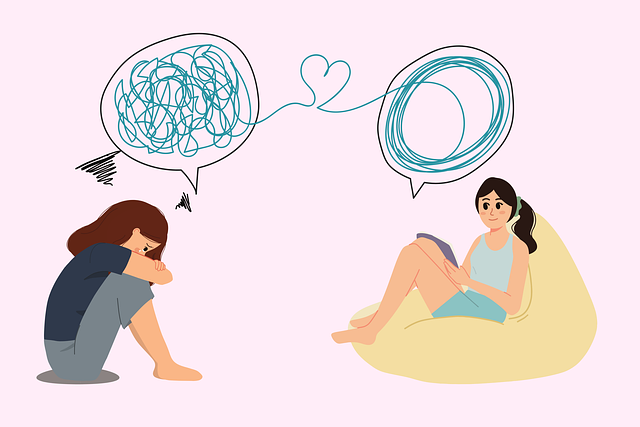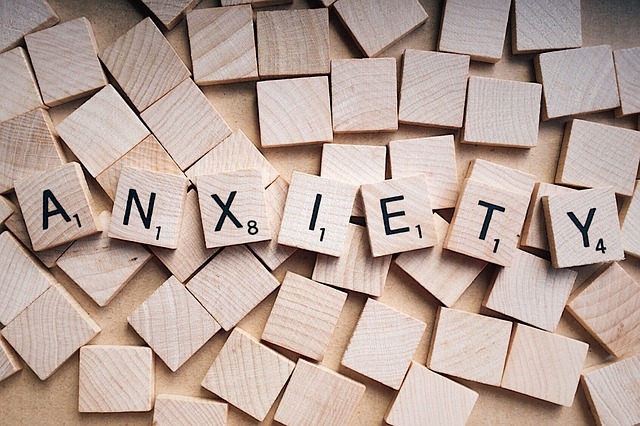by Nathan Chua
This is intended to be a first aid kit for those who are going through a difficult discovery of an affair. Please note that this is not a substitute for seeking professional help. Affairs are situations that would likely require trained assistance. Some who have taken such events lightly or have let these incidents slip by, often end up having to deal with it later with loads of pent up emotions that make it even harder to recover from.
I am not sure if I ever had a blog post that enumerates a list of do’s and don’ts when it comes to dealing with cheating in committed relationships, particularly because applying such rules can at times do more harm to an already struggling relationship. Let me emphasize to you, my audience, that I am listing them here not because I want to give you easy answers to your situation. It is exactly that your situations are unique that I want you to take these tips with a grain of salt. I am showing you a list of rules that can generally apply to most cases of betrayal without having the paradoxical effect of the couple ending up fighting about the rules instead of facing the problems affecting the relationship.
Tip 1: Know where responsibility lies
- It is often that the hurt partner puts the full blame of the affair on the participating partner. Yes, that is a fact that the affair or the recourse to an affair is the sole responsibility of the participating partner. There is no excuse for an affair even as there are major problems in the relationship. However, the difficulties in the relationship is the responsibility of both the partners. We all have reasons for our behavior but they are not to be considered excuses. Providing excuses can lead to the participating partner to blame the relationship for the affair, and for the hurt partner to justify their past behaviors in the relationship. Reasons are different from excuses or justifications for either partner.
Tip 2: Problem-solve in the immediate aftermath
- You and your partner may decide to live separately for the meantime if situations at home become too difficult to handle. This could either be because you have a tendency to escalate or are afraid of how your escalations can affect your children.
- You may want to get yourselves checked for possible sexually transmitted diseases.
- Couples are free to decide if the relationship is worth keeping but making a decision in an emotionally charged state may not be in their best interest. Delay such decisions until you have returned to calmer emotional states.
- Withhold conversations about the affair until you are in therapy. Early on, it may be too much of a stretch for couples to know how to handle the problem without escalating. Remember, what we want is for couples to move forward in their relationship rather than take steps that bring them to even more hurtful conversations. Bring these conversations to the counseling room with your therapist.
Tip 3: What questions to ask and how for the hurt partner
- It is understandable that the injured partner will resort to questions fraught with accusations and harsh criticisms towards the participating partner. Focus on what you want to know and tell your partner why that is important to you. Let your partner know that this is part of the process of moving on rather than a way of punishing your partner. There are tendencies for the injured partner to ask rhetorical and often sarcastic questions to their partners. It is advisable that you make factual disclosures and revelations of your underlying softer emotions of fear and anxiety towards the possibility that this could happen again.
This will be all for now. For part two of this post, I will be discussing what the participating partner can say or do that can help in the moving on process. It will also involve how partners can deal with future challenges that can happen if the participating partner is still able to remain in touch with the affair partner. Another common question is, “Is it okay for the hurt partner to confront the affair partner?” See you in the next blog!








